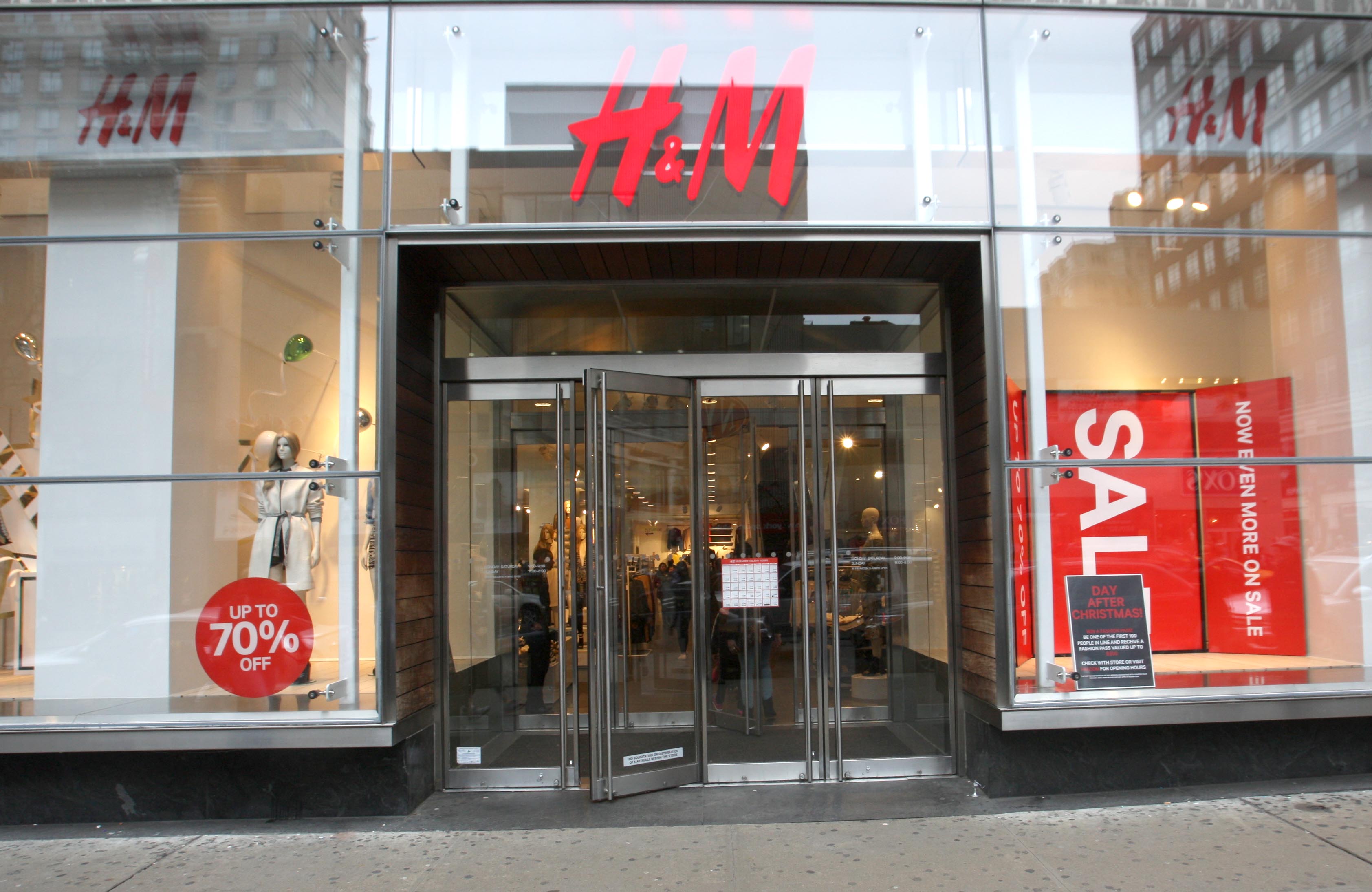C
anadian buyers are pulling back from U.S. real‑estate markets amid the ongoing tariff dispute, yet they still dominate international demand. In Q3 2024, Canadians accounted for 36.6 % of foreign traffic on Realtor.com®, dropping to 32.1 % in Q3 2025—a 4.5‑point decline. The U.K. and Mexico follow at 6.5 % and 5.6 %, respectively.
The tariff escalation began in August when President Trump raised duties on Canadian goods to 35 %, though 85 % of U.S.–Canada trade remains tariff‑free. Mid‑October added a 10 % duty on timber and lumber and a 25 % levy on cabinets and furniture. Trump recently announced an additional tariff of “more than 10 %” in response to Ontario’s criticism of U.S. trade policy.
Despite these tensions, Canadians still favor U.S. destinations that offer a warm escape from Canada’s harsh winters. Cape Coral, Florida, remains the top choice, with Canadians making up 61.4 % of the metro’s foreign traffic. The city’s 400 + miles of canals, golf‑course access, and affordable waterfront living attract buyers who value boating and a relaxed lifestyle. About 1,100 single‑family homes in Cape Coral are owned by Canadians, with an average sale price of $941,000. Buyers prefer open‑floor‑plan homes with large yards, outdoor fireplaces, and kitchens. While some Canadians are shifting to Mexico due to tariffs, a sizable group remains committed to Florida, citing its sunshine and established market.
Phoenix, Arizona, is the second‑most popular U.S. city for Canadians, accounting for 61 % of international views in Q3. The Valley’s mild winters, abundant golf courses, and direct flights from major Canadian cities make it an attractive seasonal retreat. Compared to coastal markets, Phoenix offers lower living costs and property taxes, allowing buyers to stretch their dollars. Canadian buyers in Phoenix typically seek “lock‑and‑leave” properties—condos, patio homes, or single‑level houses in Scottsdale, Chandler, or North Phoenix—priced between $400,000 and $800,000. Tariffs and a fluctuating Canadian dollar have caused short‑term caution, but many buyers view Phoenix as a stable, appreciating market with strong rental potential.
North Port, Florida, ranks third, with 58.8 % of foreign traffic, though this is a 6‑point drop from last year. Detroit follows at 51.4 %. Across all top markets, Canadian interest has eased year over year.
Miami remains the leading market for international buyers, capturing 8.4 % of online traffic. The city’s vibrant oceanfront lifestyle and luxury condominiums attract foreign investors. The median asking price for homes viewed by overseas buyers is about $546,600—roughly $50,000 above Miami’s September median list price. Miami’s relative value compared to other global capitals, combined with post‑COVID price growth, keeps it attractive. New York and Los Angeles also draw significant international attention, with New York at 8.4 % and Los Angeles at 4.8 % of traffic. Overseas buyers tend to focus on higher‑end properties, driven by investment potential, high‑income employment, or lifestyle preferences. In Los Angeles, the median price of homes viewed by foreign buyers is 173.6 % higher than that viewed by domestic buyers.
Tariff changes, a weaker Canadian dollar, and Florida’s hurricane‑related insurance costs have introduced some uncertainty. However, many Canadian buyers remain optimistic, viewing U.S. markets—especially Florida and Arizona—as offering stability, a healthy economy, and a lifestyle unmatched at home during winter months. The perceived relationship between the U.S. and Canada continues to influence decisions, but the benefits of owning property in these destinations often outweigh the drawbacks.















